蝉丸


これやこの
行くも帰るも
別れては
知るも知らぬも
逢坂の関
せみまる
これやこの
ゆくもかえるも
わかれては
しるもしらぬも
おうさかのせき
Semimaru
This is the hill where
Travellers come and go
Saying fare well to
Friends and strangers
At Ousaka Gate.
Hokusai
Semimaru, or Semimaro, was a poet and musician of the early Heian period (early tenth century). Son of an emperor, his blindness made him ineligible for the throne, so he retired to a small hill, wrote poems and played music on the biwa. He is said to have built his hermitage at Afusaka no Seki (afusaka is now pronounced ousaka, afu becoming au, meaning ‘meeting hill’), which is located on a small hill on the edge of Lake Biwa, not far from the busy capital, Kyoto.

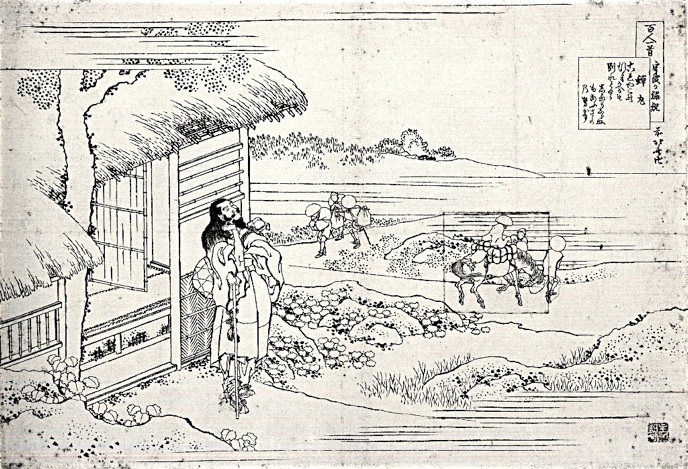
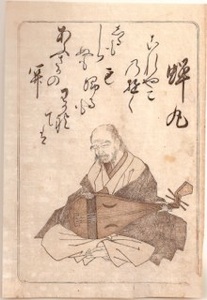
A reference to this poem can be found in the Tale of Genji in which the ‘coming and going‘ at Ousaka gate is also mentioned. The gate was a well known checkpoint that found its way in many literary works. It was an important trade pass that formed the entrance to the capital Heiankyo (now Kyoto).
It seems that Semimaru set the tradition of blind aristocrats playing the biwa. Later the heike biwa was used to accompany the chanting of traditional tales like the Heike Monogatari.
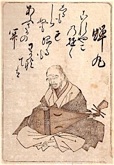
By Katsukawa Shunsho
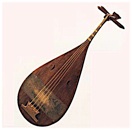
Biwa
Semimaru shrine - seki no semimaru jinja
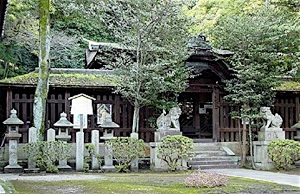
There are three shrines dedicated to Semimaru near Kyoto. The shrine above is the second one located near Otsu Station. The Ousaka Gate was located somewhat closer to Kyoto. See also poems 25 and 62.
